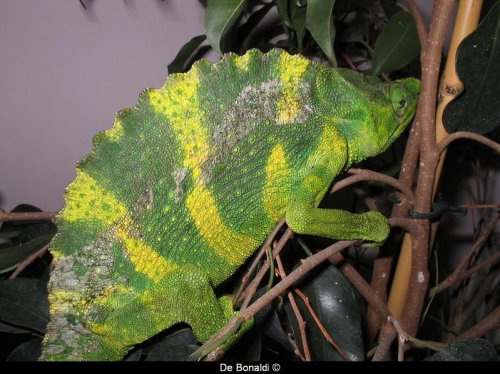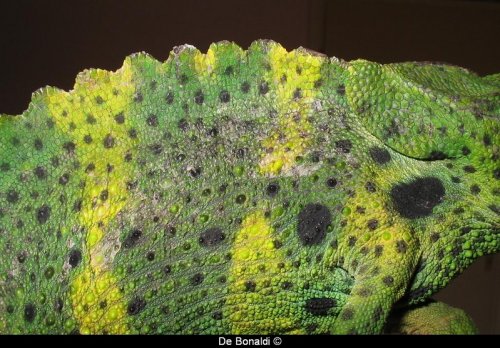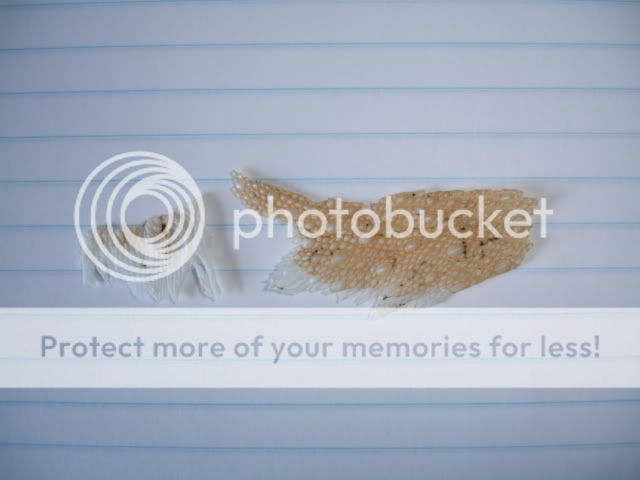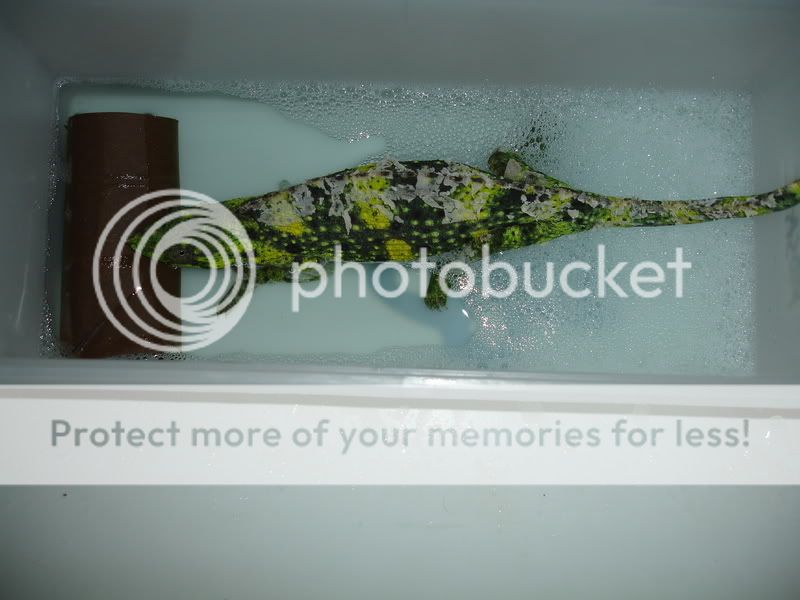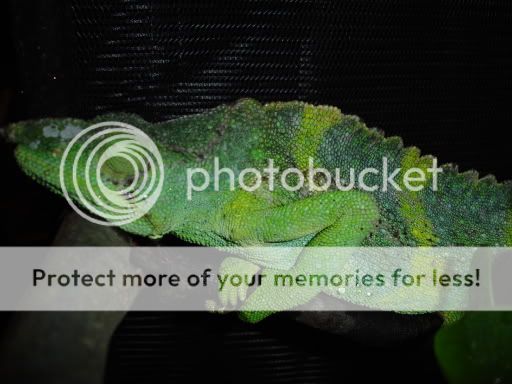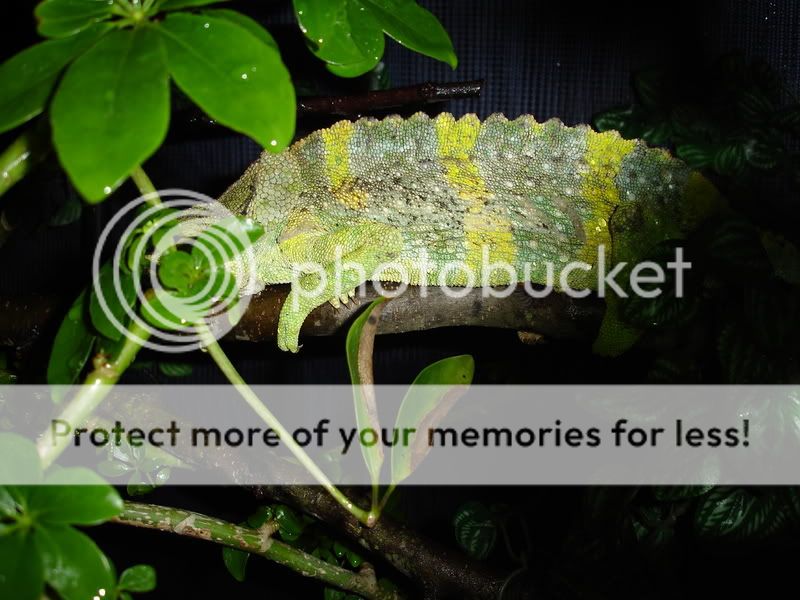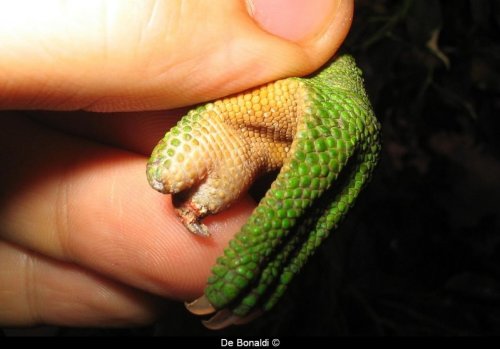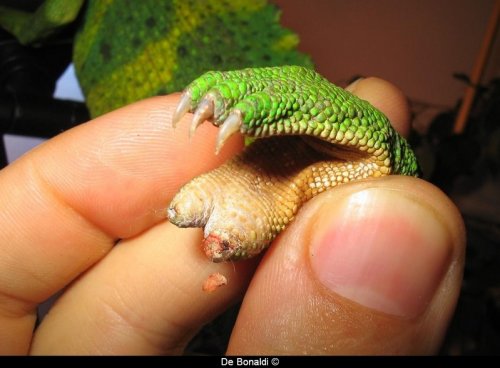Kian
New Member
hello,
since we live in a remote part of umbria - italy we can not get any specialized vets here. few day back we recived a melleri cuple from tanzania, one of them has 2 broken nails and a bit swollen toe, i consultet my frend vet from germany (by the phon) and he said to give a antibiotic every 5 days, soo i gave it the first dose yesterday, its this a correct treatement, or its better to soak the foot and in what to soak? the second problem is that on his skin are some thiny part dark and dificult to shead, are this skin parasites?
thx for all you help,
kian de bonaldi
since we live in a remote part of umbria - italy we can not get any specialized vets here. few day back we recived a melleri cuple from tanzania, one of them has 2 broken nails and a bit swollen toe, i consultet my frend vet from germany (by the phon) and he said to give a antibiotic every 5 days, soo i gave it the first dose yesterday, its this a correct treatement, or its better to soak the foot and in what to soak? the second problem is that on his skin are some thiny part dark and dificult to shead, are this skin parasites?
thx for all you help,
kian de bonaldi
Attachments
Last edited:


